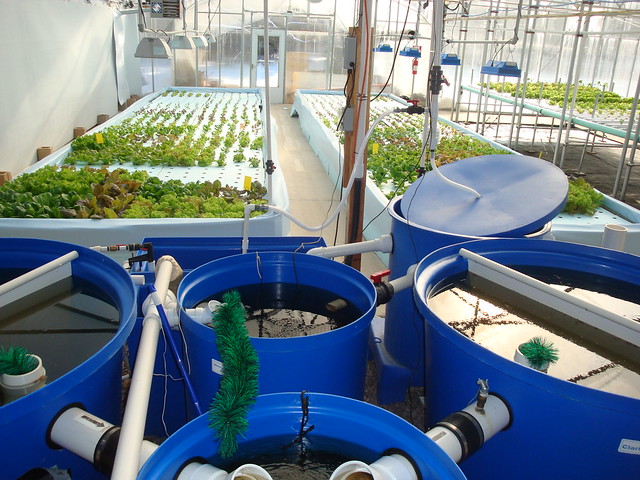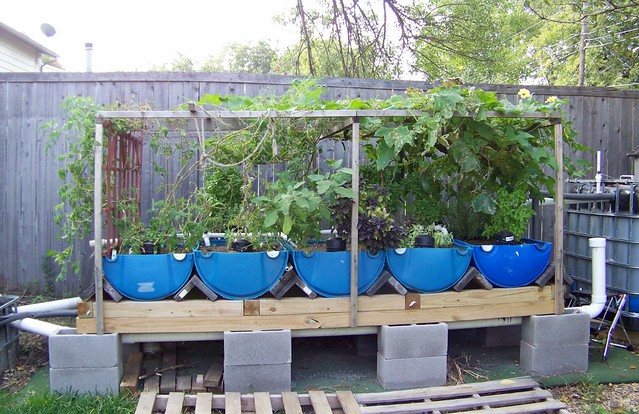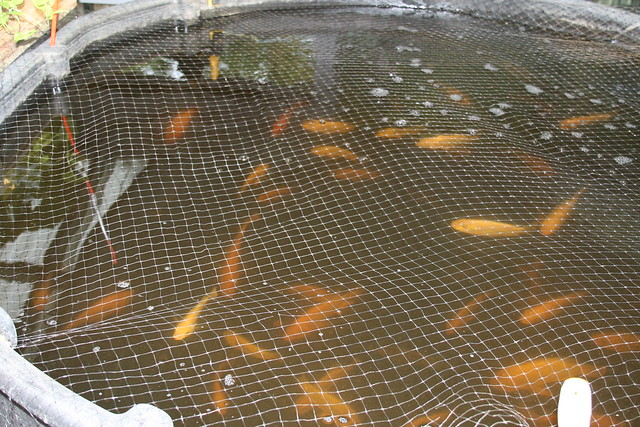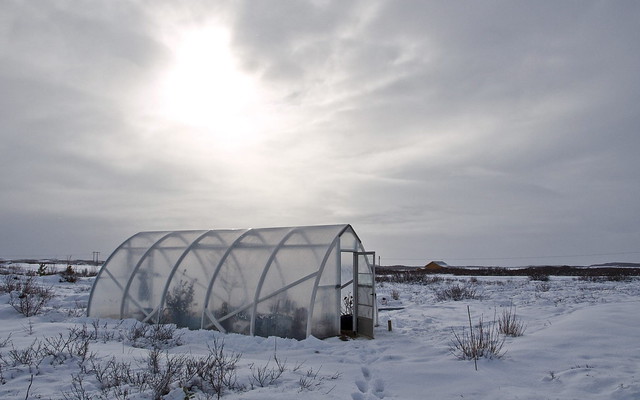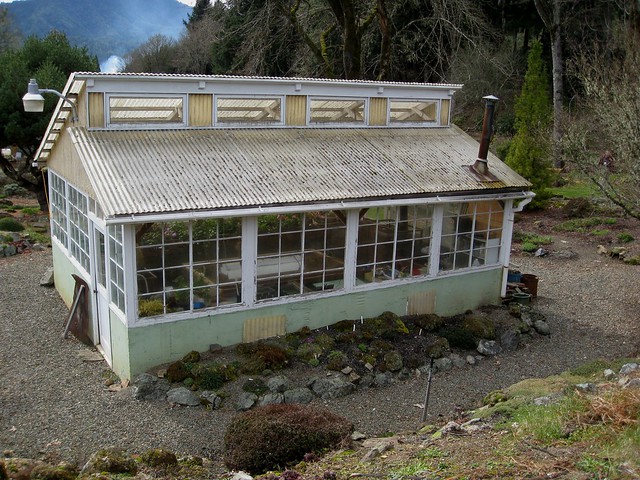Glass is a great greenhouse glazing because of its transmissive properties, elegant looks, and longevity.
A Little Background
There are three basic modes of heat transfer; conduction, convection, and radiation. Imagine a fire in the woods. The fire is the heat source. Convection is the warm air rising. Conduction is the warming of the ground and wood that is in direct contact with the fire. Radiation is the heat emitted from the fire in the form of electromagnetic waves.
Transmissivity is the measure of how well a material allows radiation to pass through it. In general, a clear material has a higher transmissivity than that of an opaque.
Because radiation emits via electromagnetic waves, the length of those waves may vary. The wave length is the horizontal distance between to adjoining peaks.
The wave length that's emitted is directly related to the temperature of the object. For example, the warmer the object, the shorter the emitted wave length is. The radiation from the sun (solar) is a short wave length, at about 500 nano meters. The radiation from the earth is a relatively much longer wave length, at about 10 micro meters.
Transmissive Properties of Glass
Looking at the graph, glass is highly transmissive for shorter wave lengths, but not at all for longer wave lengths.
The percentage of solar radiation transmitted through glass is about 85-95%. The percentage of earth's radiation transmitted through the glass is close to zero. These properties of glass can now be reproduced in many plastics, making them on par with glass initially. However, the plastics may yellow with time depending on the UV coating. This yellowing will reduce the transmissivity of the material as it becomes more opaque, lasting around 10-15 years.
What does it all mean?
Glass allows the solar radiation to pass though and heats the inside of the greenhouse. The heat that is then radiated from the ground out, is in the form of long wave lengths, which are kept inside. That is the greenhouse effect in a nutshell.
| Photo by By Clive M. Countryman (Heat Conduction) [Public domain], via Wikimedia Commons |
Transmissivity is the measure of how well a material allows radiation to pass through it. In general, a clear material has a higher transmissivity than that of an opaque.
Because radiation emits via electromagnetic waves, the length of those waves may vary. The wave length is the horizontal distance between to adjoining peaks.
| Photo from wikimedia commons |
The wave length that's emitted is directly related to the temperature of the object. For example, the warmer the object, the shorter the emitted wave length is. The radiation from the sun (solar) is a short wave length, at about 500 nano meters. The radiation from the earth is a relatively much longer wave length, at about 10 micro meters.
Transmissive Properties of Glass
Looking at the graph, glass is highly transmissive for shorter wave lengths, but not at all for longer wave lengths.
| Photo by Götz (Own work) [CC0], via Wikimedia Commons |
| The yellow and green lines are glass. Photo by HellmaUSA (Own work) / [CC-BY-SA-3.0], via Wikimedia Commons |
The percentage of solar radiation transmitted through glass is about 85-95%. The percentage of earth's radiation transmitted through the glass is close to zero. These properties of glass can now be reproduced in many plastics, making them on par with glass initially. However, the plastics may yellow with time depending on the UV coating. This yellowing will reduce the transmissivity of the material as it becomes more opaque, lasting around 10-15 years.
What does it all mean?
Glass allows the solar radiation to pass though and heats the inside of the greenhouse. The heat that is then radiated from the ground out, is in the form of long wave lengths, which are kept inside. That is the greenhouse effect in a nutshell.
 |
| Photo by Comsol |
Note: heat will still be lost through convection and conduction.
